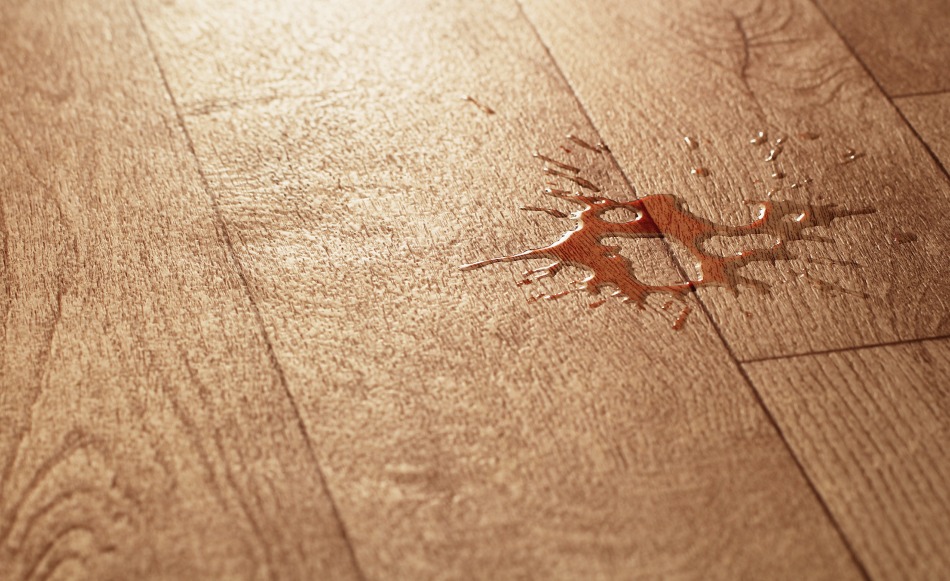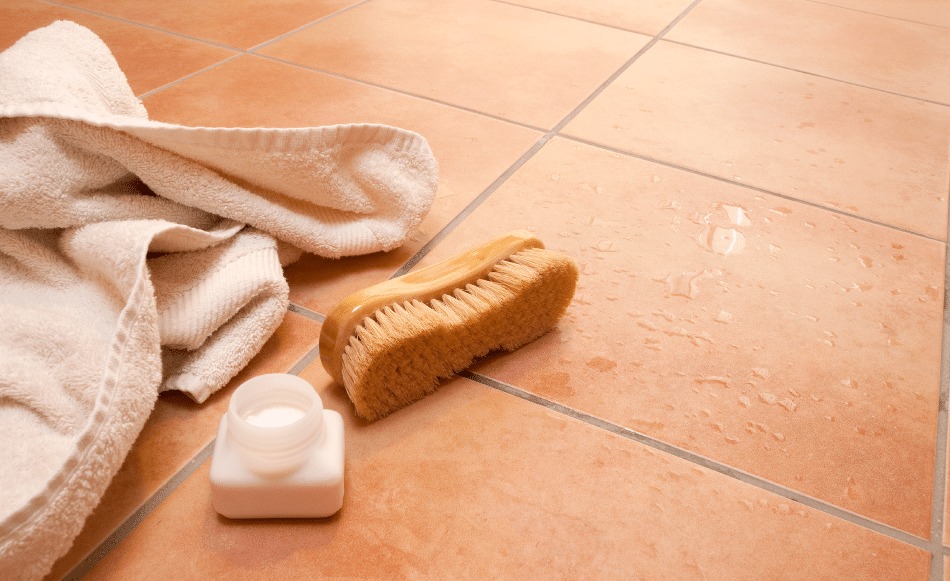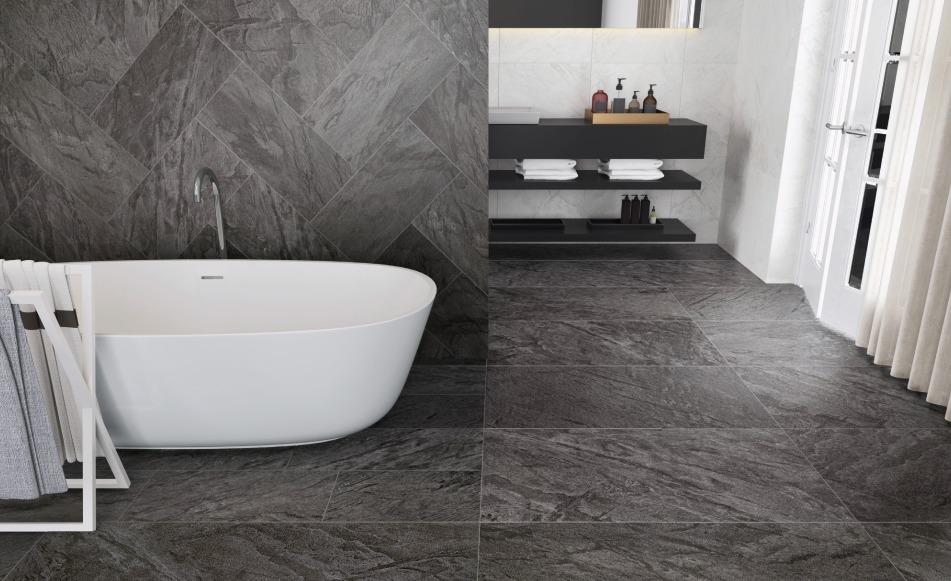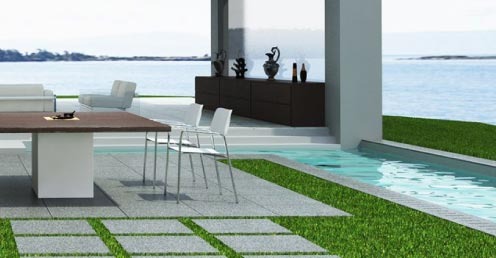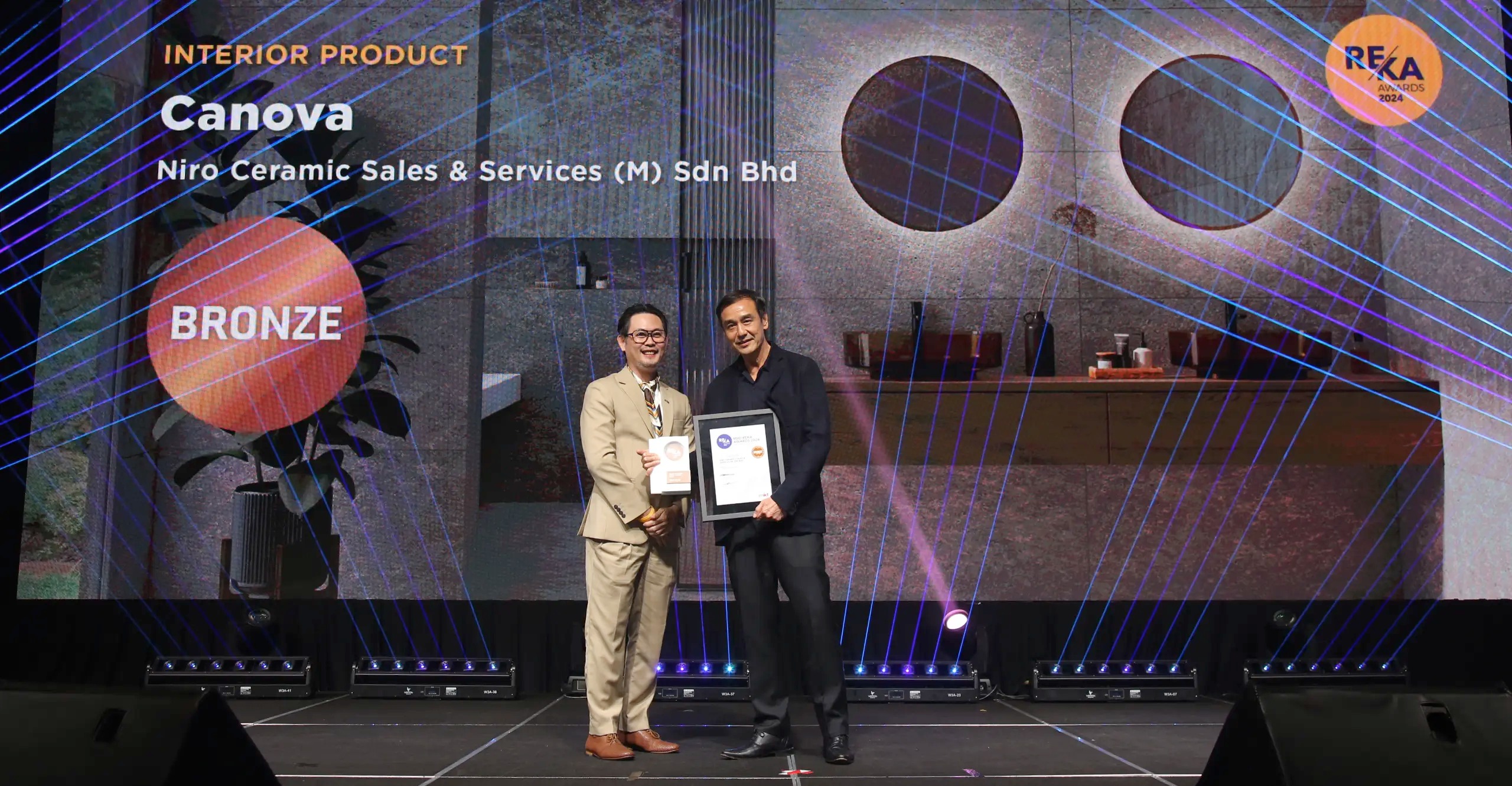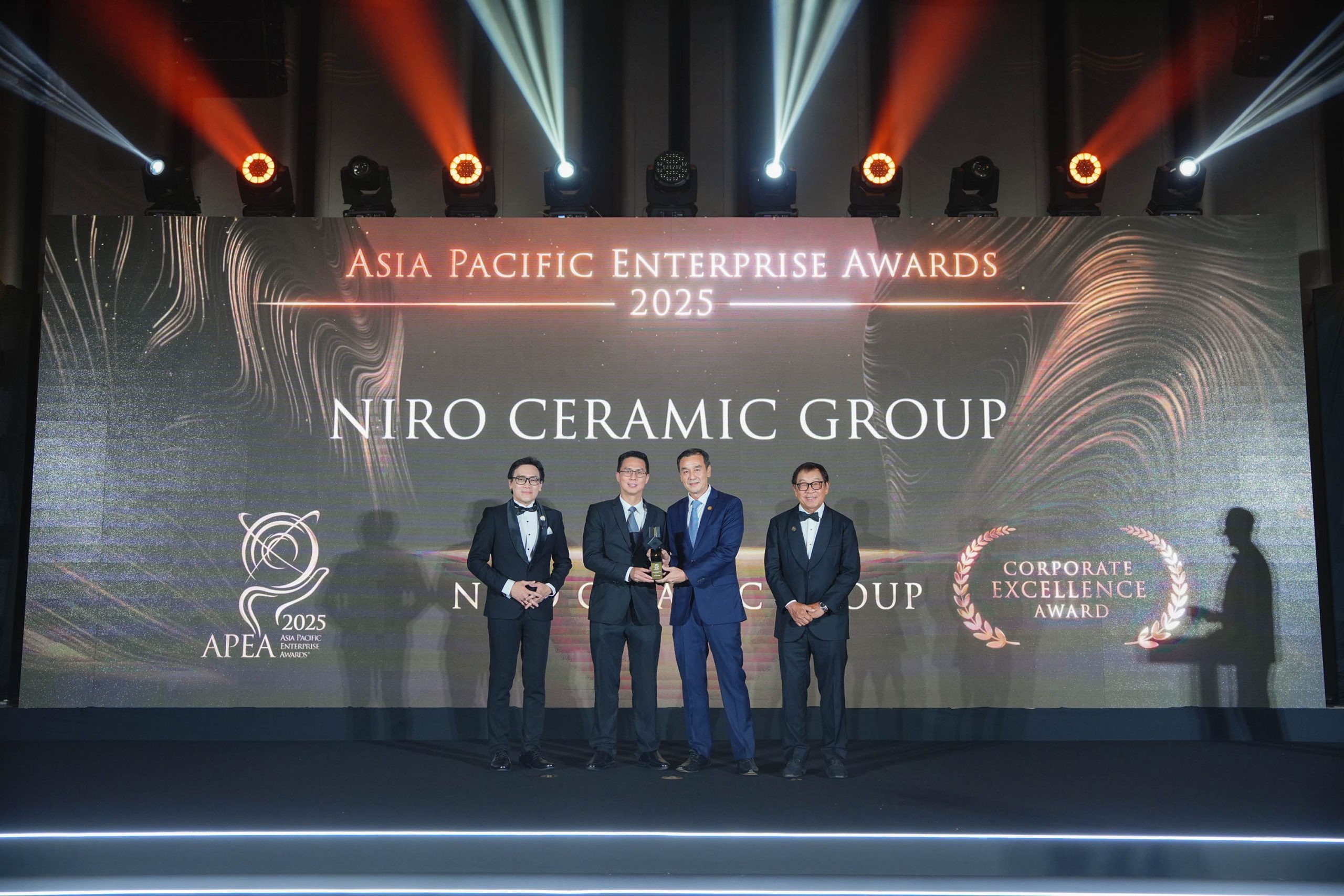Water absorption is a crucial factor to take into account when selecting tiles, particularly for tiling high-traffic areas. Simply put, a tile’s water absorption rate determines its appropriateness for different levels of foot traffic.
What is water absorption for tiles?
Tiles are categorized based on their water absorption capacity, which is the amount of water they can retain, typically presented as a percentage of their dry weight. According to MS ISO 13006, which outlines the guidelines for manufactured tiles, the various types of tiles are grouped based on their specific water absorption rates:
| WATER ABSORPTION (%) | TILE TYPE | BREAKING STRENGTH |
|---|---|---|
| ≤ 0.5 | PORCELAIN TILES | 1300N |
| >0.5 to ≤ 3 | GRES FLOOR TILES | 1100N |
| >3 to ≤ 10 | CERAMIC FLOOR TILES | 800N |
| >10 | CERAMIC WALL TILES | 600N |


